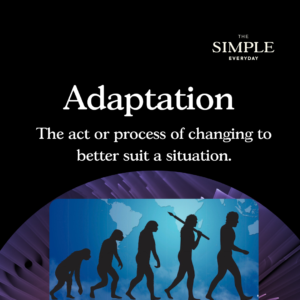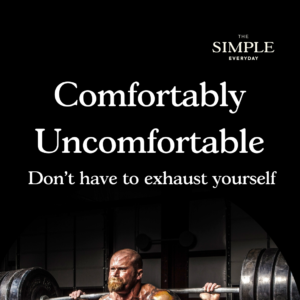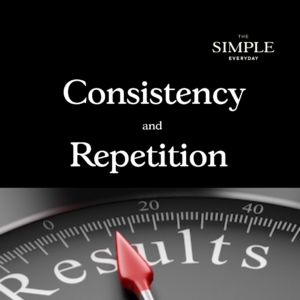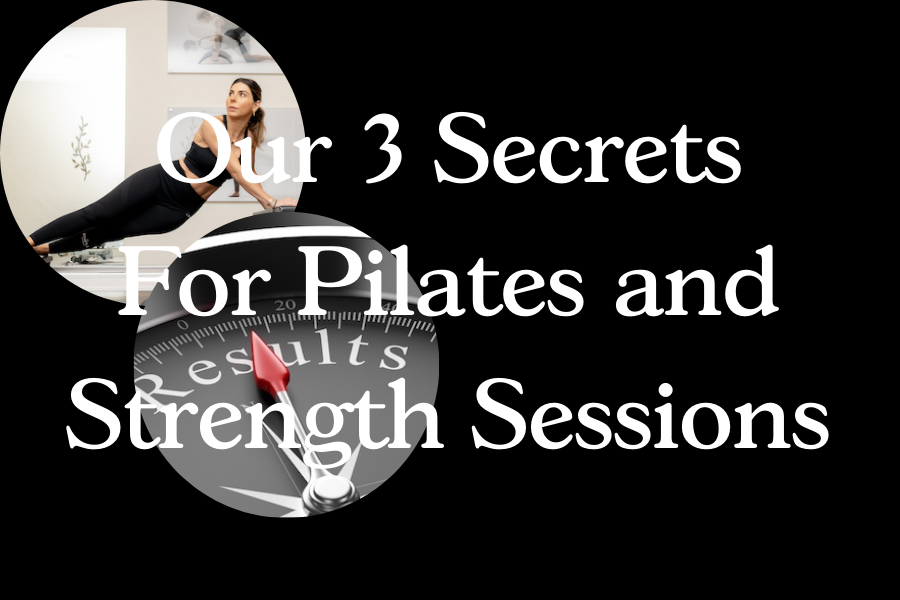We are sharing here 3 fundamental secrets based on science used in all our Pilates, Strength and Injury management programs. It is our answer to the “how are you getting results” with The Simple Everyday programs?
The #1 secret to getting stronger and improve injuries is the same secret related to the reason why as humans we are still around after 5 million years since early hominids first emerged from east Africa’s Rift Valley: ADAPTABILITY
Our StrongNMobile sessions and in general our strength based training programs are based on your body’s innate ability to adapt “…to better suit a situation”. Any type of movement or situation that imposes an increasing demand on your muscles and/or central nervous system will trigger adaptation. The same amazing ability is allowing your body to heal after an injury. Movement is the trigger for the body to heal, adapt, get better, get stronger and thrive.
Basically you apply stress to your muscles (in the right quantity) and/or your central nervous system and your body tears down muscle tissue and rebuilds it bigger and stronger than before, or it increases the efficiency of your neural pathways so you can recruit more muscle fibers more effectively in the future. Simply put, your body figures out how to make the task you just performed easier so you can perform it better in the future.
The entire purpose of a strength training (regardless if the method is using Pilates or weights) is to cause positive adaptations within your mind and body to help you increase resilience, gain muscle mass, get stronger, increase your bone density, improve your body composition, improve your hormone levels, improve your posture, and much more.

We know that, if we want to change our bodies, we have to overload the muscles. The result is called adaptation, and it is your body’s physiological response to training after repeated exposure.
- If your body and mind, has adapted to what you’re doing, a change is needed and welcomed. Hence the 5 weeks cycle.
- Both endurance and strength-training adaptations not only contribute toward physical aspect but, in most instances, contribute toward the delayed onset of age-related diseases.

And if you want to know the #2 secret? “comfortably-uncomfortable” is the best way to train for strength. You don’t have to exhaust yourself to get this effect.
In fact, we would argue that exhausting yourself too much too often will hinder your progress toward the positive adaptations listed above as it will create a “fight or flight” response (another innate ability of the human body to survive).
Yes, your strength training program should be challenging and you must be out of your comfort zone.
Yes it should raise your heart rate. Yes, it should raise your temperature and likely make you sweat. But if the purpose of your training is to get stronger then you should be resting enough between sets of exercises to be able to perform each set with good form and challenging load. The rest is particularly important if you are enrolled in our Simple Strength program or if you are following one of our personalized gym training programs. These programs are working with higher load and the rest is becoming as important as the workout phase of your training session. So if you are still having the question popping in your mind “What should I be doing during my rest periods?” What is the correct answer? Hint: REST!

Put another way, repetition is related to consistency. Consistency is the #3 secret to becoming stronger but also the key ingredient to be successful, more natural, skillful, swift and steady with any task at hand. Repetition is arguably the most important element of recovery after a neurological injury. This is because it sparks neuroplasticity, which is the brain’s internal mechanism of strengthening frequently used pathways and functions.
Consistency is another staple to your building overall body strength or recovery from injury. Because the brain likes to be efficient, it prioritizes neuroplasticity based on how consistently a function is used. The more we practice a specific activity, the more the brain will adapt to execute that activity with greater ease. Make a note of how you feel in the first week with the new program and notice that by repeating the exercises over the next 5 weeks you’ll experience a considerable difference in your strength and overall resilience by the 5th week.


